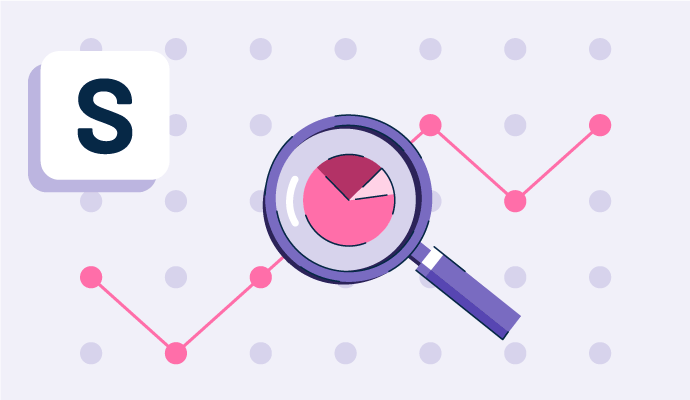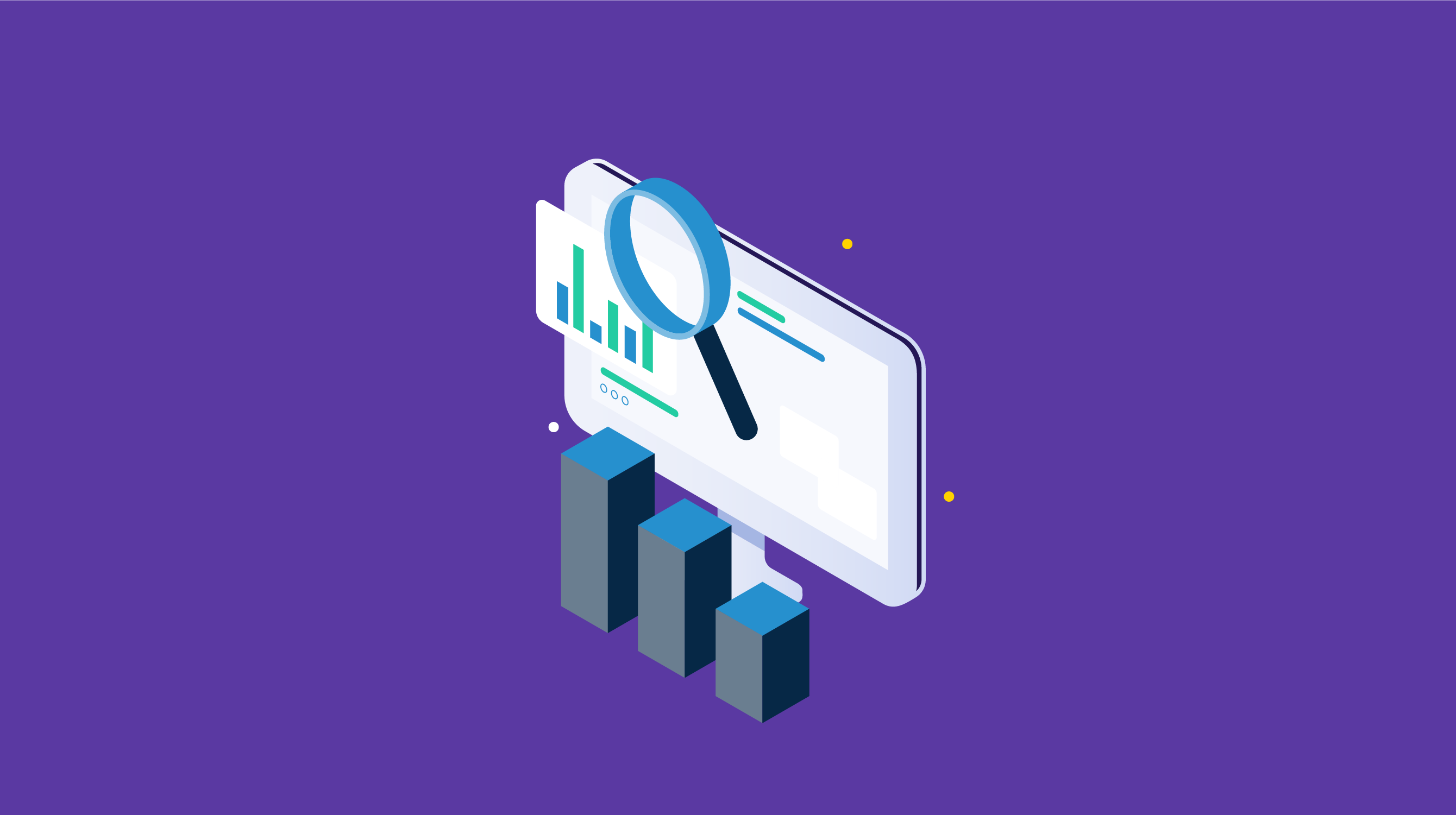What is statistical analysis?
Statistical analysis is the process of analyzing and interpreting data to identify patterns and drive informed decision making.
Statistical analysis software are specialized tools that allow users to perform complex statistical analysis. These products typically provide tools for organizing, interpreting, and presenting selected data sets.
Statistical analysis capabilities facilitate various analysis methodologies, including but not limited to regression analysis, predictive analytics, and statistical modeling.
Types of statistical analysis
Statistical analysis comes in many forms, each appropriate or beneficial for different use cases. Although there are many methods, the ultimate goal of the analysis is broken into three types: descriptive, prescriptive, and predictive.
Descriptive analysis simply looks at the data as it is but does not refer to or recommend any future outcome. Prescriptive analysis uses historical data to recommend a particular outcome. Finally, predictive analysis uses historical data to predict future data or outcomes.
Apart from these broad methods, statistical analysis software can perform the following types of analysis:
- Regression analysis: This type of analysis allows for conducting various regression methods such as ordinary least squares (OLS), weighted least squares (WLS), or generalized linear model (GLM).
- Predictive analytics: Predictive analytics mines and analyzes historical data patterns to predict future outcomes by extracting information from data sets to determine patterns and trends. Using a range of statistical analysis and algorithms, analysts use predictive analytics products to build decision models that business managers use to plan for the best possible outcome.
- Time series analysis: Time series intelligence or analysis allows users to identify patterns within massive, continuous time series data sets to perform reporting, forecasting, and predictive analysis.
Benefits of using statistical analysis
Irrespective of the type of complex data manipulation or analysis being performed, statistical analysis tools enable statisticians or business professionals to easily find correlation, regression, analysis of variance, and more.
With these insights, businesses can make sense of their data and make informed decisions. These tools help identify duplicates and unusual cases that may arise during data cleaning and data curation and get detailed data analysis reports.
- Manage large volumes of data: Statistical analysis software allows users to easily prepare, blend, and analyze company data using a repeatable workflow, then deploy and share analytics at scale for deeper insights.
- Gain insight into company data: Through data mining and statistical analysis, especially when coupled with other technologies such as machine learning, data professionals can gain insights into data.
- Better understanding potential outcomes and scenarios: With statistical analysis, especially of the predictive variety, businesses better understand how different variables will affect them and can plan accordingly.
Impacts of using statistical analysis
In the digital age, data is ubiquitous. Whether it is higher education or the healthcare industry, a lot of data is likely involved. Statistical analysis tools are typically used by data scientists and mathematicians but can provide industry-specific features.
- Higher education: Users from the higher education industry use statistical analysis tools to analyze data, obtain insights quickly, and find relevant trends in data.
- Market research firms: Researchers turn to statistical analysis to solve challenging research problems. They can use these tools to dig into their research findings and find historical trends. With statistical analysis software, market researchers can handle a large volume of data in multiple formats.
- Healthcare: For healthcare professionals, time isn’t just money—it also means the difference between life and death. These workers look to statistical analysis tools to better understand health-related data, improve efficiencies in hospitals, manage and contain diseases, and much more.
Basic elements of statistical analysis
Statistical analysis tools allow users to mine and analyze structured or unstructured data. Data sets and visualizations are created from the compiled data through the process of analysis.
- Data preparation: To analyze the data, it must be properly cleaned and should be of high quality. This preparation consists of deduplication, cleansing, and appending the data for statistical analysis. Not all analysis is achieved at the surface. Instead, robust statistical analysis tools mine data from databases and prepare it for analysis.
- Data sampling: Data sampling allows users to select samples of data for defined procedures.
- Statistical modeling: Statistical modeling involves creating a mathematical model that embodies a set of statistical assumptions concerning the creation of sample data, which may be used to better understand the makeup and distribution of the data.
Statistical analysis best practices
To make statistical analysis work, follow these best practices:
-
Need for skilled employees: Statistical analysis software is not necessarily simple. Often, these tools require a dedicated administrator to support implementation and assist others with adoption.
However, there is a shortage of skilled data scientists and analysts equipped to set up such solutions. Those same data scientists will also be tasked with deriving actionable insights from within the data. - Data organization: To get the most out of analytics solutions, data needs to be organized. This means that databases should be set up and integrated properly. This may require building a data warehouse to store data from various applications and databases in a central location.
Learn about how statistical analysis methods take data to a new level in 2023.
Edited by Jigmee Bhutia

Matthew Miller
Matthew Miller is a research and data enthusiast with a knack for understanding and conveying market trends effectively. With experience in journalism, education, and AI, he has honed his skills in various industries. Currently a Senior Research Analyst at G2, Matthew focuses on AI, automation, and analytics, providing insights and conducting research for vendors in these fields. He has a strong background in linguistics, having worked as a Hebrew and Yiddish Translator and an Expert Hebrew Linguist, and has co-founded VAICE, a non-profit voice tech consultancy firm.

